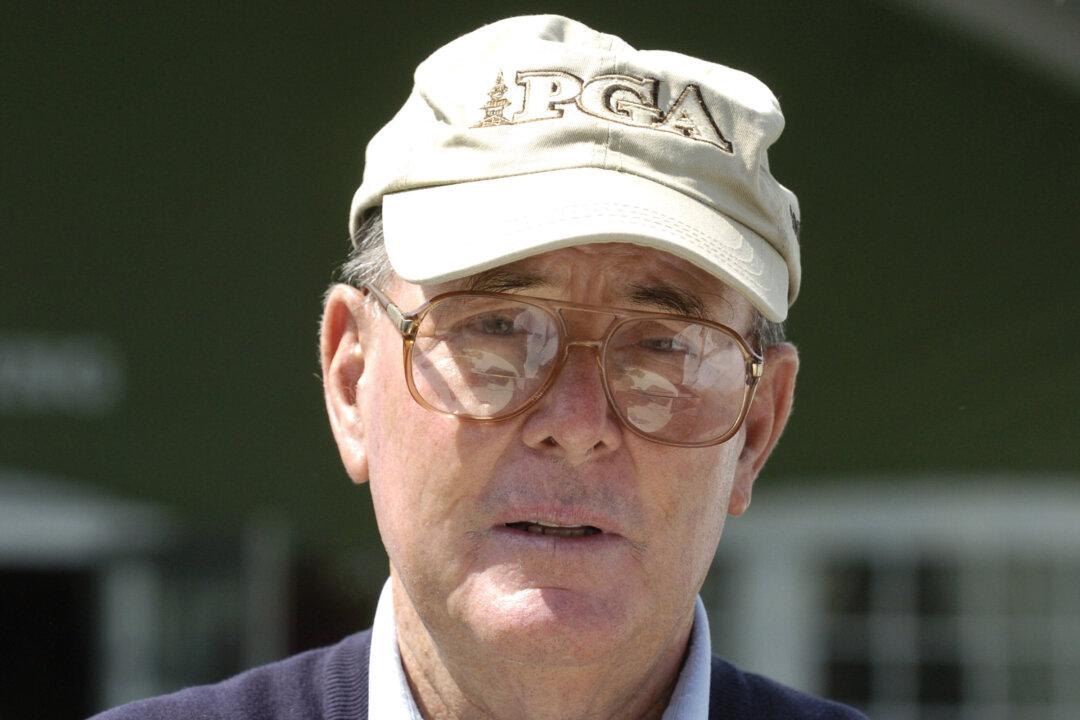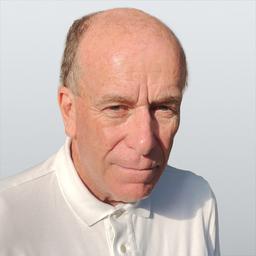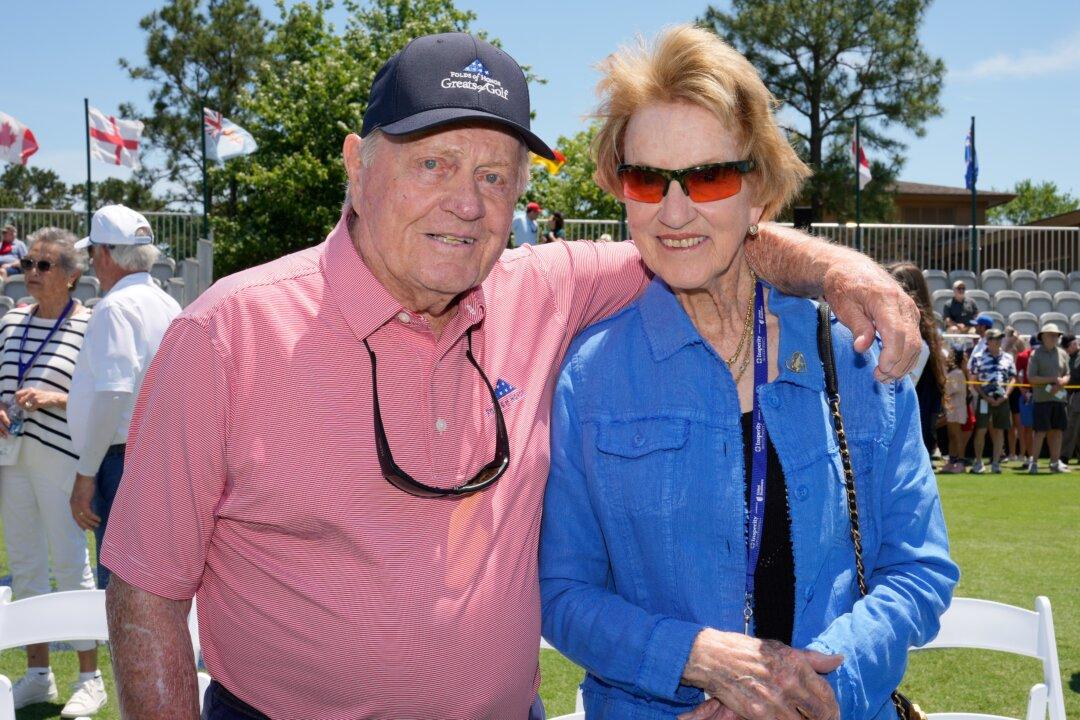Kohler, WI—At nearly 90 years young Pete Dye continues to be a contributor to the golf scene with his devilish course designs—most notably at the major championship level. The World Golf Hall of Fame member has been designing courses since 1962 and his list of accomplishment in golf course architecture is truly mind boggling with the likes of Crooked Stick, Harbour Town, TPC / Sawgrass, The Ocean Course at Kiawah, The Honors Club, along with his multi-course contribution at Whistling Straits and the related courses at nearby Blackwolf Run, to name just a few.
Dye brought forward a compelling design counterpoint to the muscular larger-than-life designs being pushed at that time by the likes of renown architect Robert Trent Jones.
After having visited Scotland in 1963, Dye incorporated a modern fresh perspective of the Scottish use of pot bunkers, bulkheads constructed of wood, and small greens which emphasized superior approach play. Dye has always freely admitted that bringing forward a counterpoint to what Jones and others were doing was necessary—both from an artistic standpoint but also from a practical business approach given the tremendous success Jones had achieved over many years.






